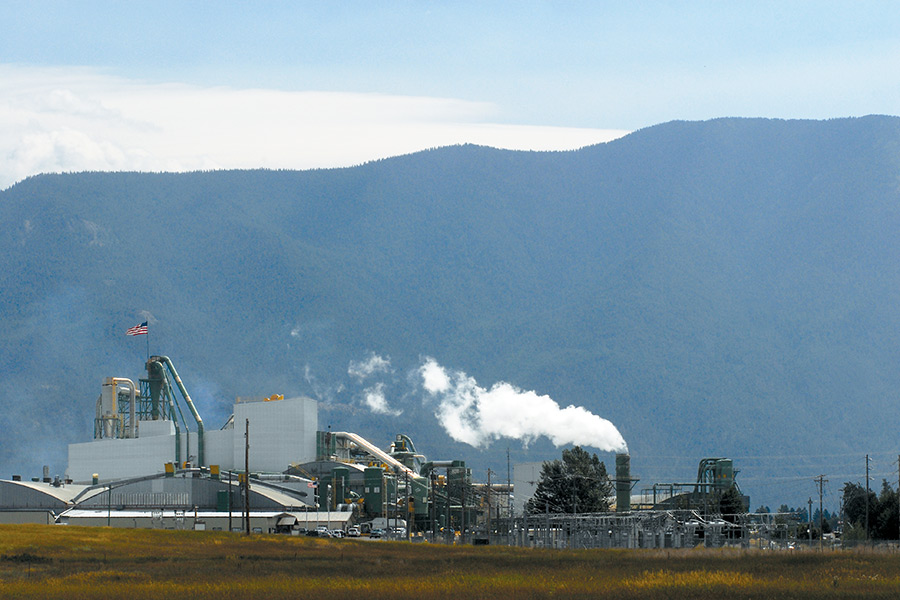The recent announcement that the Paul Bunyan-esque timber giant Weyerhaeuser was purchasing Plum Creek land raised immediate concern over the fate of free land use in western Montana, where hunters and anglers have enjoyed a long legacy of outdoor access.
With certain limitations, Plum Creek has allowed free, public access on nearly all of its timbered Montana lands for decades. Weyerhaeuser, in contrast, allows paid access on much of its land through permits and exclusive leases. Permits are often limited in number and can cost as much as $275.
The finer points of how the transaction, which is expected to be completed in the first half of 2016, will affect land access on Plum Creek’s 880,000 acres of land in Montana, most of it in the Salish Range from Kalispell to Libby, remain unclear.
Unfettered public access will continue on the conservation easements negotiated with Plum Creek to protect public access to 142,000 acres in the Thompson and Fisher rivers, said Alan Wood, the resource conservation manager for this region’s Montana Fish, Wildlife and Parks office, which manages recreational access to Plum Creek’s Montana timberlands under its Block Management Program.
Wood said those projects were made possible through Plum Creek’s cooperation, and he’s hopeful that level of collaboration will continue.
“We’ve been pretty lucky here,” Wood said. “Plum Creek has been a great partner for us with these types of conservation projects and I hope that they would be interested in continuing that partnership in the future. But all of our projects require the cooperation of willing landowners. If they are willing, we look forward to continuing to work with them.”
Joel Webster, director of western lands for the Theodore Roosevelt Conservation Partnership, acknowledged that it was too early to make any snap judgments about Weyerhaeuser’s plans on its newly acquired land.
Still, he said, it’s cause for concern.
“As most western Montana hunters and anglers know, Plum Creek has been a pretty good neighbor and they have kept their land open for the public to use for activities like hunting and fishing, hiking and huckleberry picking,” Webster said. “There is certainly some concern with this merger and what it means in terms of detriment to public access, and we certainly encourage Weyerhaeuser to look at what Plum Creek has done in Montana and keep these lands open.”
State officials are also questioning the impacts of the purchase, including Montana State Auditor Monica Lindeen, who also serves on the Montana Land Board.
At the land board’s meeting on Nov. 16, Lindeen echoed the concerns of Montana hunting and angling groups, and urged Weyerhaeuser to continue Plum Creek’s policy of free and open public access on its lands.
“Montana welcomes Weyerhaeuser to our state and we hope they will keep Plum Creek’s 750 Montana employees and continue to provide free and open access to their lands,” Lindeen said.
Lindeen asked FWP officials to conduct additional research on Weyerhaeuser’s access policies and provide the information to the Land Board at its next meeting.
